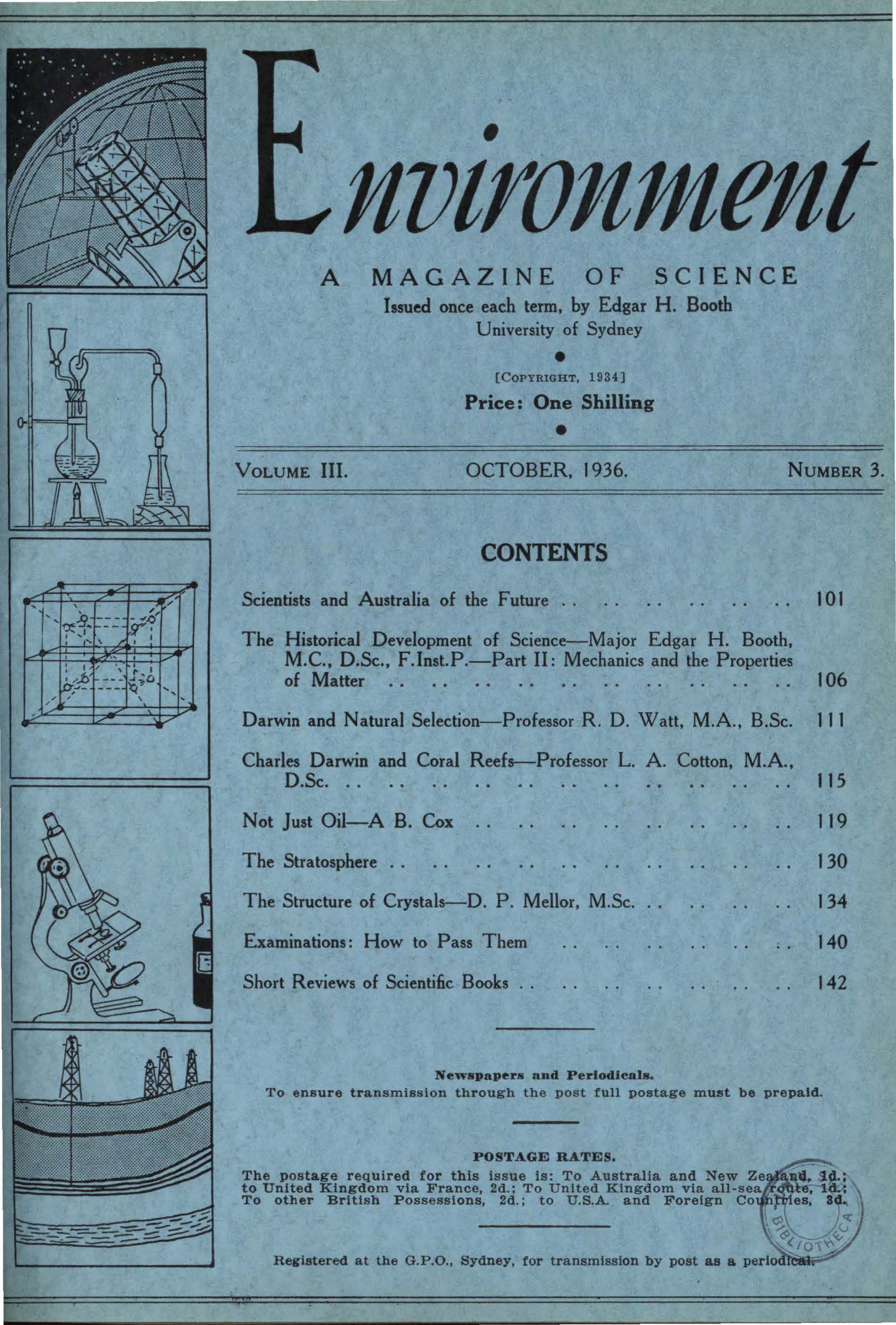The Historical Development of Science II: The Early Development of Mechanics and the Properties of Matter
Abstract
In observing the historical developments of science, we are hampered by the fact that the earliest observations either were not recorded or that the records are lost to us. When people specialise in one activity, their experiments are more likely to be noted and attempts made to correlate them. In the first article we dealt with the subject of early work in heat. In this we deal with the properties of matter and mechanics. They are not intended to comprise a history of science, but to deal with those developments of certain sections of scientific work, and may on occasion in the future deal with the work even of one man or group of contemporaries. The foundations of science lie in measurements of the size of things, their masses, and in measurements of time. We have records in Egyptian manuscripts of the use of a beam balance for comparing masses, or " weighing " things, to the nearest one-fortieth of an ounce - and some early Egyptian medical prescriptions actually call for weights as small. We have now no difficulty in making direct measurements of mass to one-millionth part of that, and by indirect methods can calculate the mass of minute particles of matter far too small to be seen by the most powerful microscope, and which consequently have an extremely small mass. Measurements of length were required and were made with the rise of the earliest landowners, before the times of the records we possess ; even in our earliest records the application of this measurement is noted in the use of elementary surveying methods.
